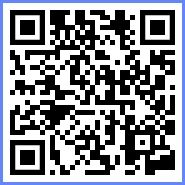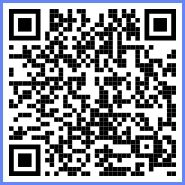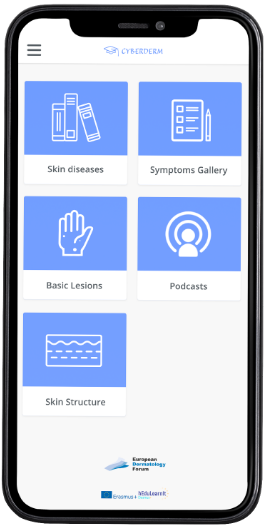
Cyberderm offers a comprehensive summary in Dermatology and Venerology
Supported by:
In collaboration with the Word Health Organisation (WHO)
The most important features in concisely describing dermatological findings are localisation, distribution and description of the lesions.
Over 120 key skin disorders and over 3000 high quality clinical images (white and pigmented skin).
Accessible worldwide, free of charge
Supporting clinicians throughout the medical decision-making process
The Frontline Health Worker section has been developed in collaboration with the World Health Organization (WHO).
This section is designed for training purposes, aimed at enhancing the capacity of frontline health workers in resource-limited settings where dermatologists are not available.
This Frontline health worker is not intended for diagnostic or treatment purposes and does not substitute for a visit to the doctor. The use of the application, its information, and any reliance upon it is at the user's own discretion and risk. No rights can be derived from the use or contents of this application. The creator and affiliated parties are not liable for any direct or indirect damages that may arise from the use of this application. By using the application, the user agrees to these terms.
This application has two main components. The first one developed originally as SkinApp by NLR (until No Leprosy Remain, formerly Netherlands Leprosy Relief) consists of four sections: signs & symptoms, diagnoses, how to manage and glossary. The second one developed by WHO, the Skin NTDs Learning Hub, consists of four sections: skin NTDs, global index, diagnosis and information.
NLR and WHO decided to join efforts and bring under a single app information about selected common skin diseases, skin neglected tropical diseases and skin diseases related to HIV.
The dermatological content of the NLR SkinApp has been developed in collaboration with a Dermatologist from Erasmus MC. , University Medical Center, Rotterdam, The Netherlands, further reviewed by a network of WHO staff members and collaborators.







